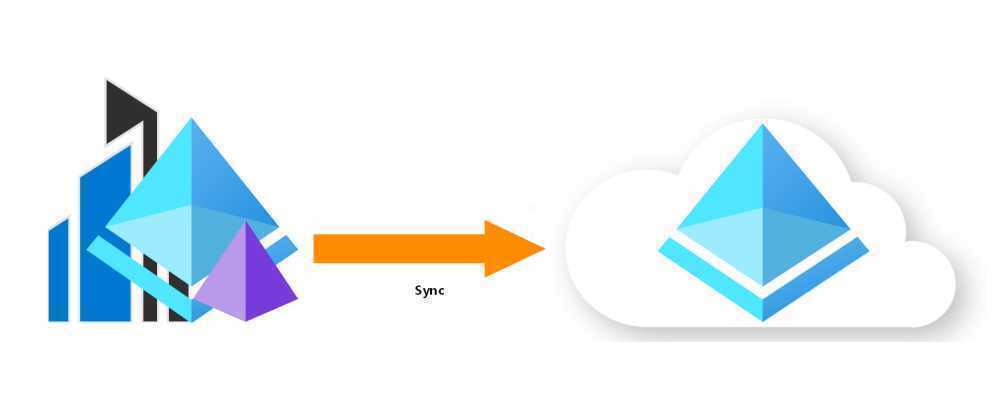Issues in Hybrid Setups
The shift to all things cloud and SaaS also means you’ve likely got a hybrid cloud scenario and are synching your identities to Entra ID (Azure AD). Due to easy misconfigurations and unconscious default settings with all of the above, you may be making it easy for an attacker to pivot within and between your hybrid cloud and on-prem networks.





